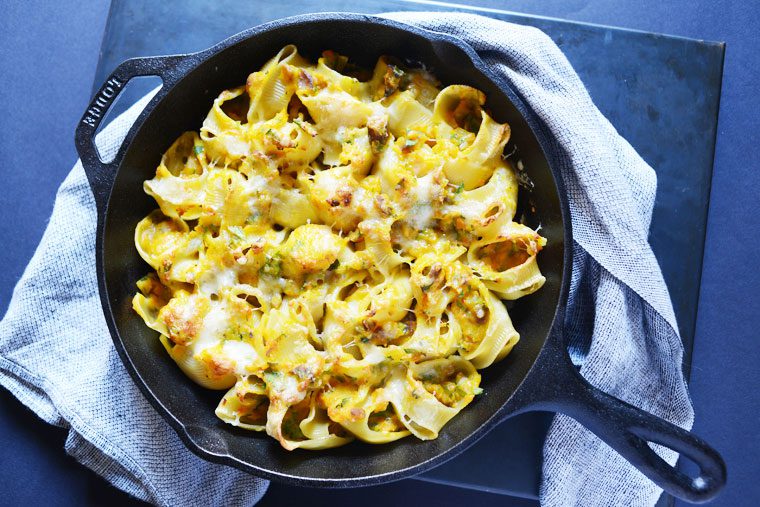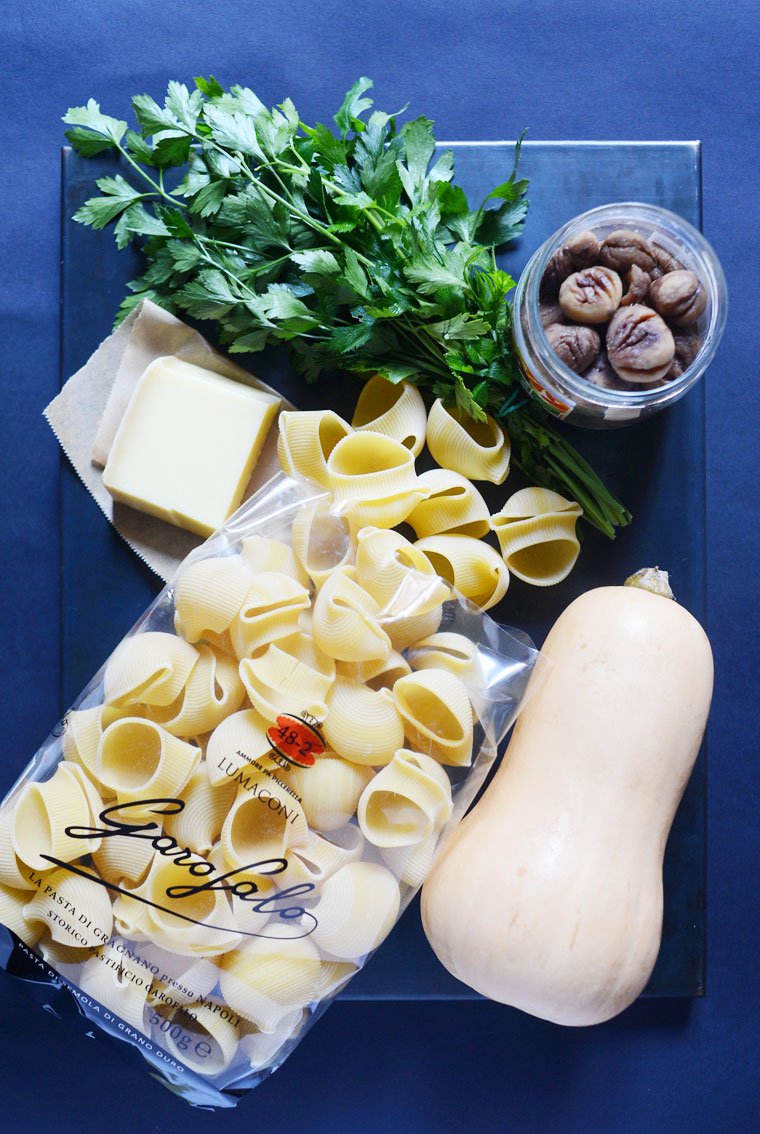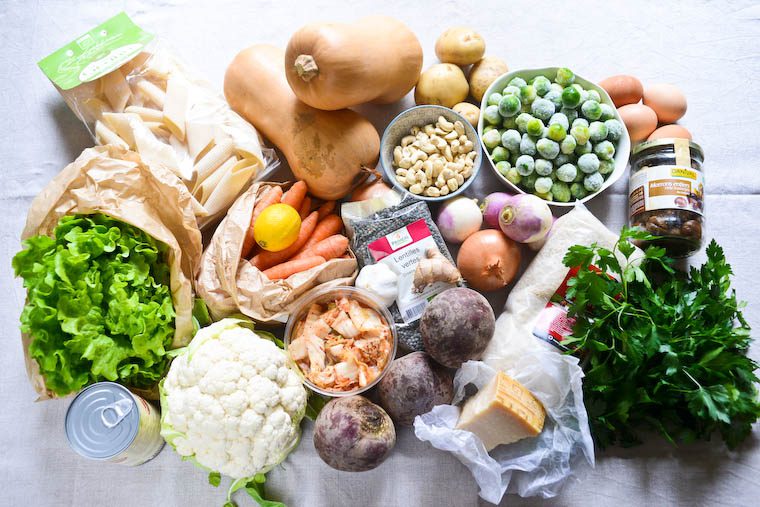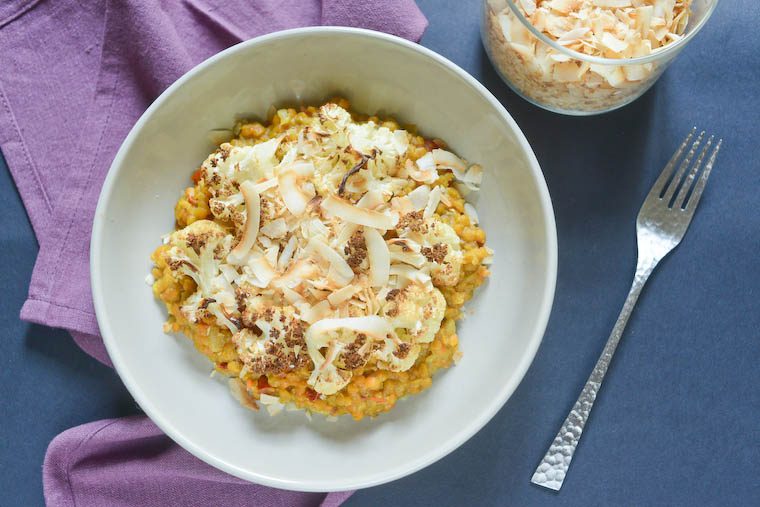Biscuits de Noël
Laurence is one of my best and oldest friends. I met her when I was fourteen, on our first day of high school, and soon we were inseparable, so alike in so many ways that people sometimes mistook us for sisters.
I loved going to her house after school. For one thing, there was a television there, which wasn’t the case at my parents’, so there was always the electrifying prospect of maybe catching one of those shows everyone else was watching at the time.
But aside from that, the house felt like a big happy place: Laurence had two (actual) sisters, and her mother, Christine, took care of small children at home, so there were a lot of comings and goings, conversations, people at the door, and girls shouting things down the stairwell.












